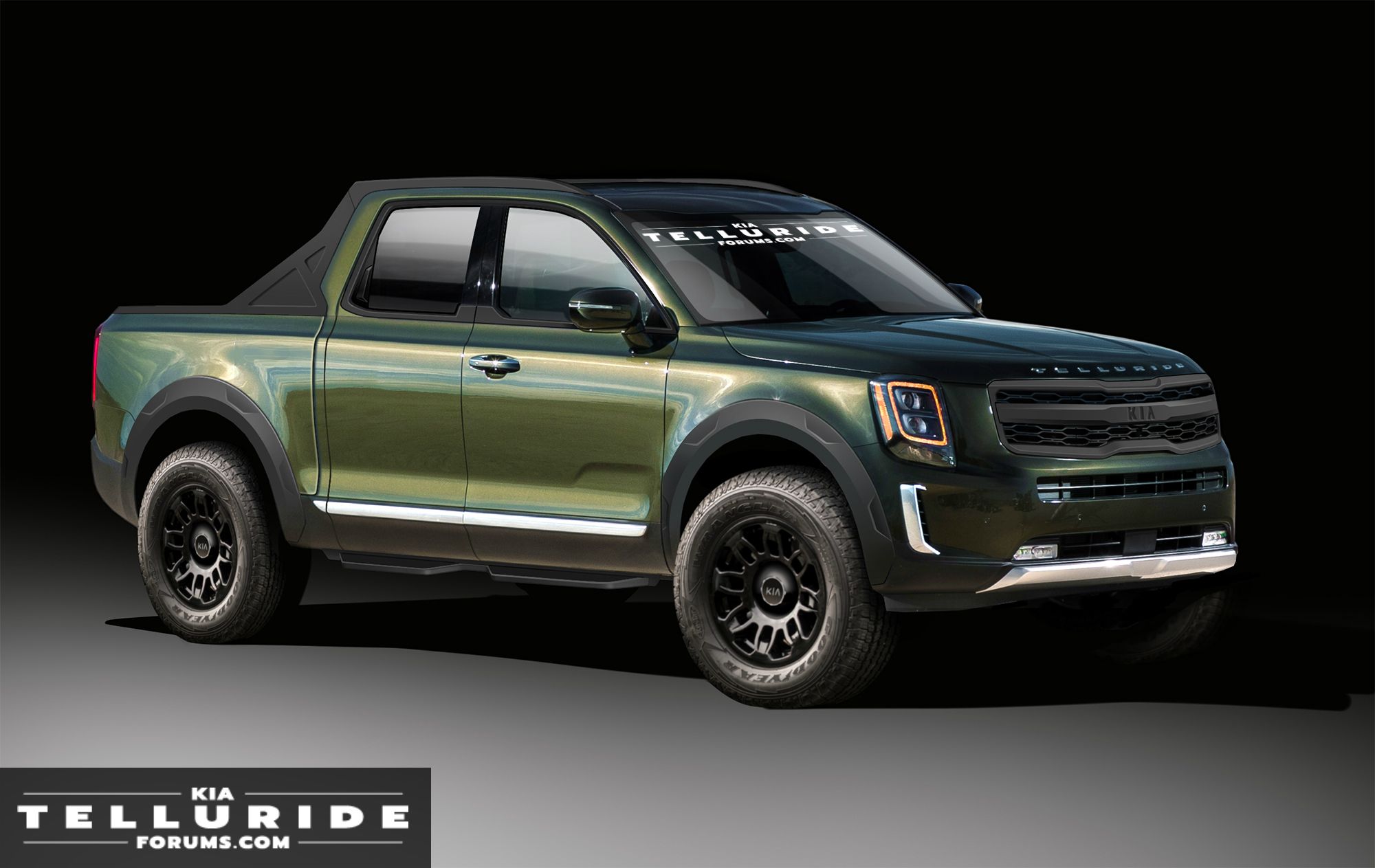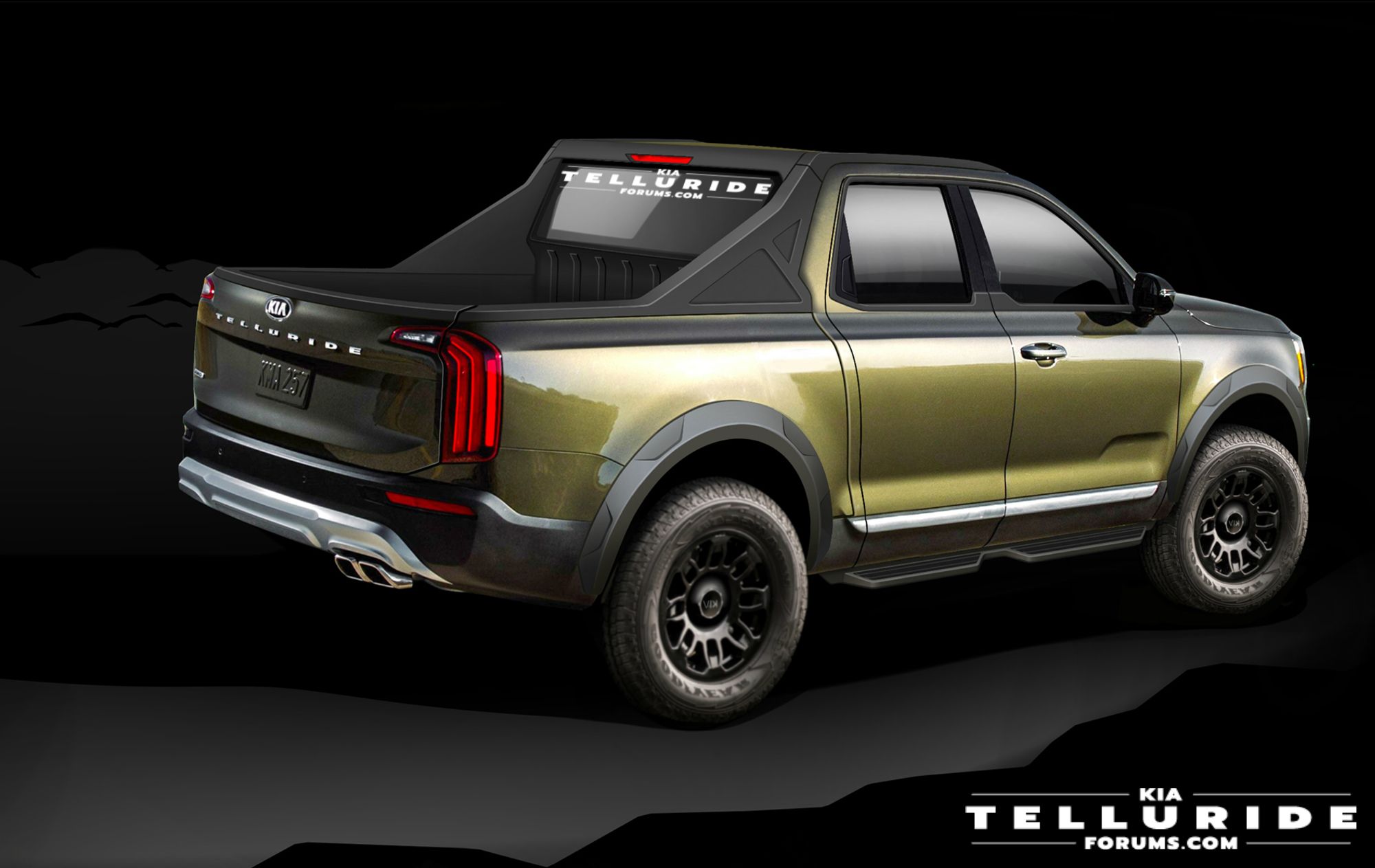So, Kia’s looking into entering the pickup truck market. It’s not exactly ground-breaking news, but it remains interesting for the simple reason that the Korean automaker has never even come close to sniffing this segment in the years that it’s been around. But times have changed and so have consumer preferences. Pickup trucks — compact, midsize, heavy-duty — are growing in popularity once again and Kia wants a piece of the action. No less than the company’s chief operating officer and executive vice president at Kia Motors America, Michael Cole, admitted that at the 2019 New York Auto Show in a conversation with Motor Trend. Cole believes that “there’s enough opportunity” in the pickup market for Kia. More importantly, Kia’s already started the process to put a pickup into production. So, this is happening. But just because it’s happening, it doesn’t mean that Kia’s got it all figured out. The automaker is a neophyte in the pickup truck market, and if it hopes to succeed in this segment, specifically in the U.S. market, it needs to make sure that it knows and understands what it’s getting itself into.
Rugged design
Any pickup that wants to establish itself in America needs to look good. I don’t mean >just look good in the general sense; I mean look good to catch people’s eyes. We all know how much presentation matters in the auto industry, and while pickups aren’t usually held to the same aesthetic standards as coupes, sedans, or SUVs, it’s still something that Kia needs to understand if it wants to make an impression in this market. And as always, first impressions boil down to visuals. Now, Kia already has something to work on with the Telluride, which hints at what the automaker’s future utility vehicles could look like.
Off-road chops
While there is such a thing as “lifestyle” pickups these days, Kia should do everything it can to avoid that sub-segment. Why? Well, Hyundai already plans to hit it with the production version of the Hyundai Santa Cruz. The lifestyle pickup sub-segment has become popular these days as the truck market itself has become diverse in its own right.
Capable engines
Pickups need power as much as they do anything, and if Kia wants its pickup to get noticed, it needs to install a powerful enough engine that will attract American buyers. Fortunately, the Korean automaker has enough engines to choose from to use on its pickup. The question is which one it should use. If Kia launches a compact pickup, a naturally aspirated 2.5-liter four-cylinder engine that produces 191 horsepower should be enough to get potential buyers to take it seriously.
2020 Kia Telluride specifications
Size variety
Variety isn’t something you’d expect to see on this list, but if you’re familiar with the pickup segment in the U.S., variety is as important a factor in a model’s success as anything that’s associated with utility trucks. One of the first things Kia needs to do is establish the size of its pickups. Notice how I wrote it in plural form?
Utility is the name of the game
There are many pickups today that fall short on utility. People still buy them, though, because these models already have strong fan and customer bases. Kia doesn’t have any of that yet, so its pickup needs to offer actual utility. Now, “utility” in pickups come in many forms. It can be through a carefully designed and versatile bed that has enough space for items like bikes, surfboards, or even heavy equipment. It can be through the kind of complementary tools it offers to go along with the pickup. It can also be through its towing and hauling capabilities.
Accessory friendly and open to the aftermarket world
American car buyers are big on accessories and customization, and that’s not limited to sedans, SUVs, or sports cars. Pickup trucks are some of the most customized vehicles in the country, and Kia’s pickup will go a long way in establishing a fanbase if it can offer a range of accessories and customization opportunities for those who buy it.
Strong price point
At the end of the day, buyers buy things on whether they can afford it or not. It doesn’t matter how fancy a pickup truck is or how capable it is off the beaten path. If it’s expensive, people will look elsewhere. Compact pickup trucks typically carry price tags that start at around $20,000. A Nissan Frontier, for example, will set you back around $20K while a Toyota Tacoma starts at around $25,000. It’s the same story in the midsize truck segment.
Further Reading
Read our full review on the 2020 Kia Telluride.
Read our full review on the 2016 Kia Telluride Concept.
Read our full review on the 2015 Hyundai Santa Cruz Crossover Truck Concept.


